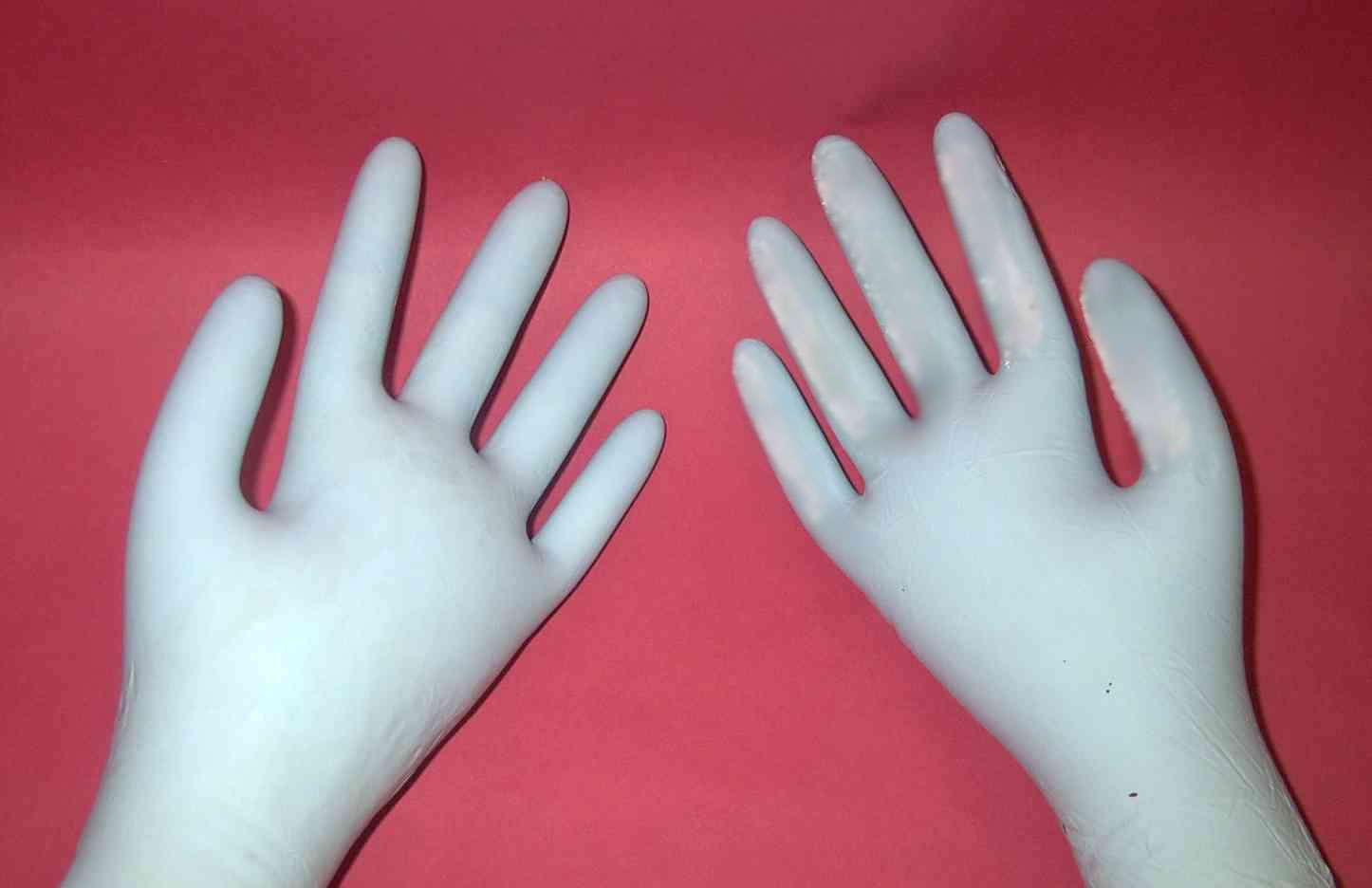 |
 |
|||||||
Consequences & Breakthroughs
Consequences
The E. colocator Gloves will be of great service to humanity. The E. coli detecting device will save hundreds of lives and prevent thousands of illnesses worldwide by preventing the consumption of contaminated meat through near instantaneous detection.
The E. colocator Gloves would be sold in packages at a reasonable cost. This would allow for national distribution at almost every restaurant and slaughterhouse. Through utilization of the E. colocator Glove, the beef industry will save many lives and prevent suffering.
While having the potential to save lives, the gloves might also cause problems in the slaughterhouse or restaurant. One such problem could be false positive test results. If an entire side of beef incorrectly tests positive for E. coli, then the meat would be disposed of. If this were to happen often, slaughterhouses and restaurants could lose a large amount of money to wasted meat.
Improper
usage could also create problems. If E. coli is detected, the
glove would need to be disposed of properly. The contaminated glove could
transfer E. coli to the user, or even to surfaces within the
building. Proper disposal of the glove and the meat will be the primary
concerns if E. coli is detected.
Despite several potential drawbacks to the E. colocator, these gloves
are an effective tool for the detection of E. coli 0157:H7 from
which the world will greatly benefit.

Breakthroughs
In
order for the E. colocator Glove to be cost-effective and scientifically
sound, several breakthroughs are needed. First, nanoclays are currently
far too expensive and too early in development to be put into a disposable
glove. Nanoclays need to become more cost-effective in order to mass produce
the glove.
A second breakthrough would be needed to make the E. colocator Glove a
reality. The outer layer, styrene-divinylbenzene, cannot yet be engineered
to have such miniscule pores as the E. colocator design allows.
The antibodies used in our detection layer are a third breakthrough, because
they must be manufactured to detect even a single bacterium, and in doing
so cause a color change in the PDA film below.
The
fourth breakthrough deals with the glove changing from blue to white.
This color layer is made of polydiacetylene film (PDA), a polymer that
reorganizes to change color. The technology is currently too unstable
to allow a large portion of the glove to change color after detection.
Also no method is yet available to determine what color the PDA
will change to once it has reorganized. In order for the E. colocator
Gloves to funtion, we would need a way of controlling the color change
(in this case, blue to white). Around twenty years from the present day,
E. colocator Gloves could be found in slaughterhouses, restaurants and
even private homes.
